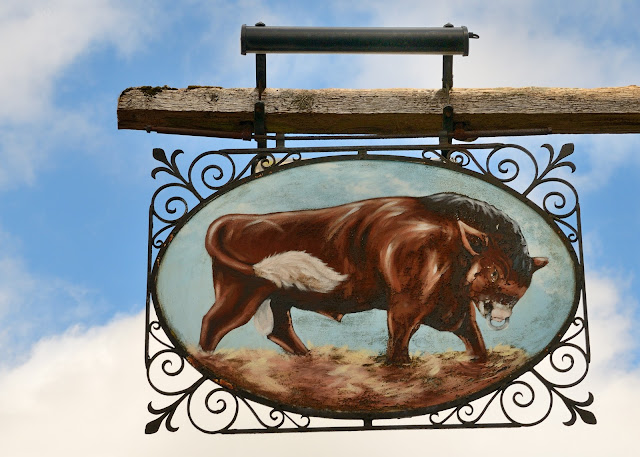This was a Misty Autumn

Autumn can be a beautiful month but also damp and misty. Summer trying to hold on it seems! This year there were quite a few misty mornings and a chance for some atmospheric shots, with a few shots of other Autumn regulars such as fungi and spiders webs. Firstly, some images on the River Brett, near to where I live. Navigating a barbed wire gate (carefully) I was rewarded with these beautiful views. On the other side of the river, the sheep wondered what I was doing. Pylons across the valley took time to emerge from the mist. Even the runners in the Hadleigh Road Race were soon swallowed into the mist. Lonesome - after the mist cleared. The lanes that I walk on a regular basis, are really lovely this time of year. Cobweb made more visible by the mist residue on it. Rosy Earthstar (Geastrum rufescens) is a species of fungus in the family Geastraceae. It was first described scientifically by ...



